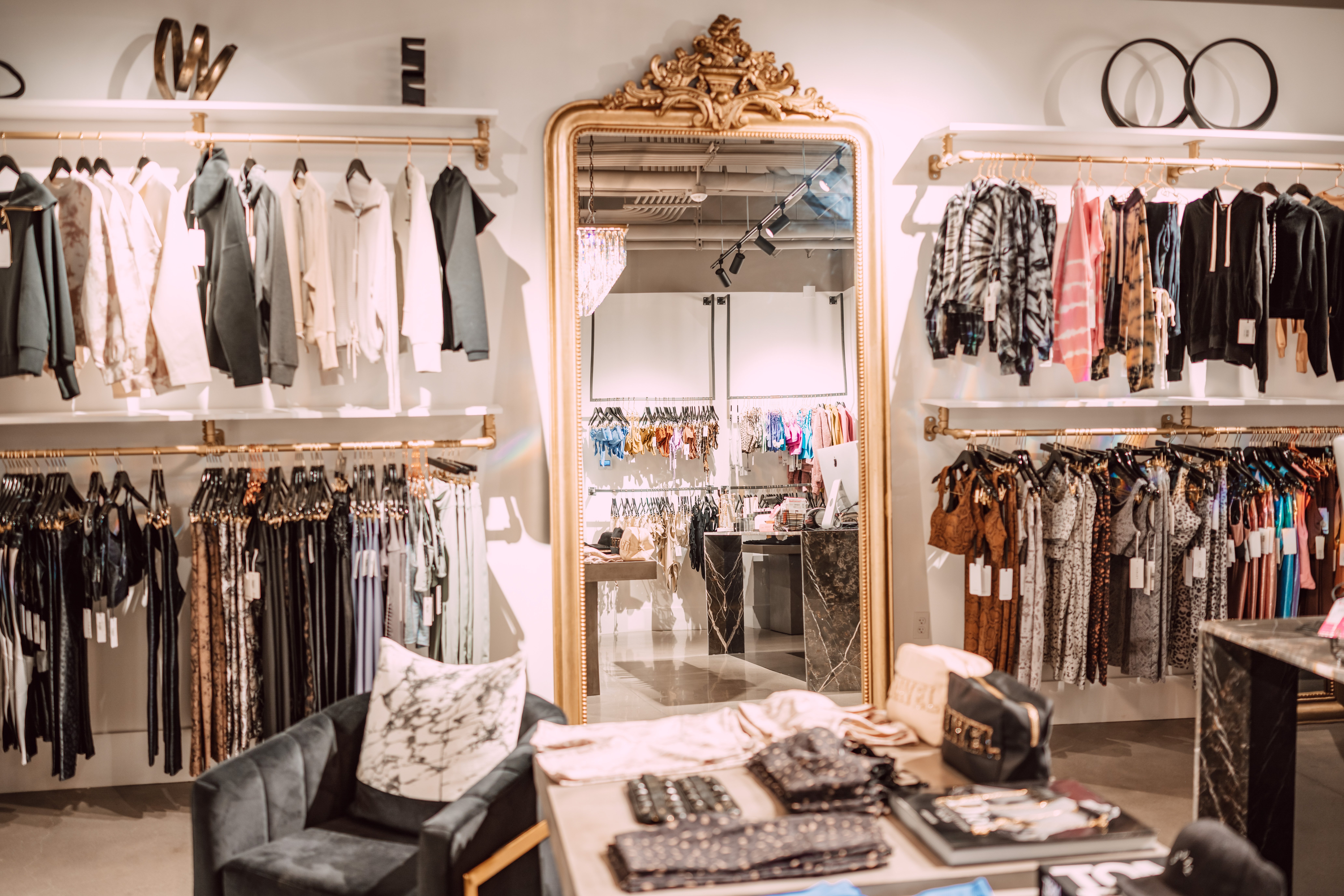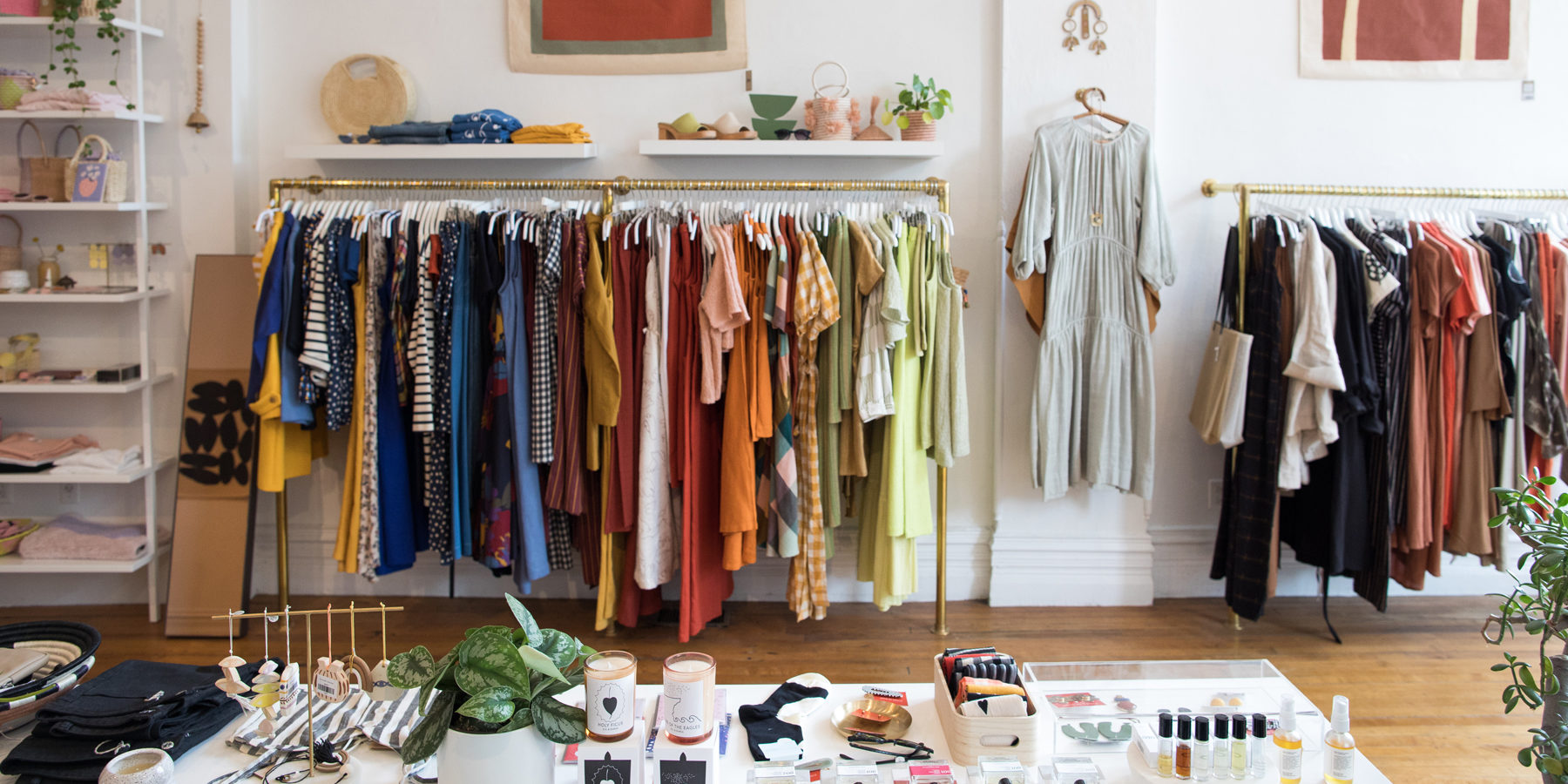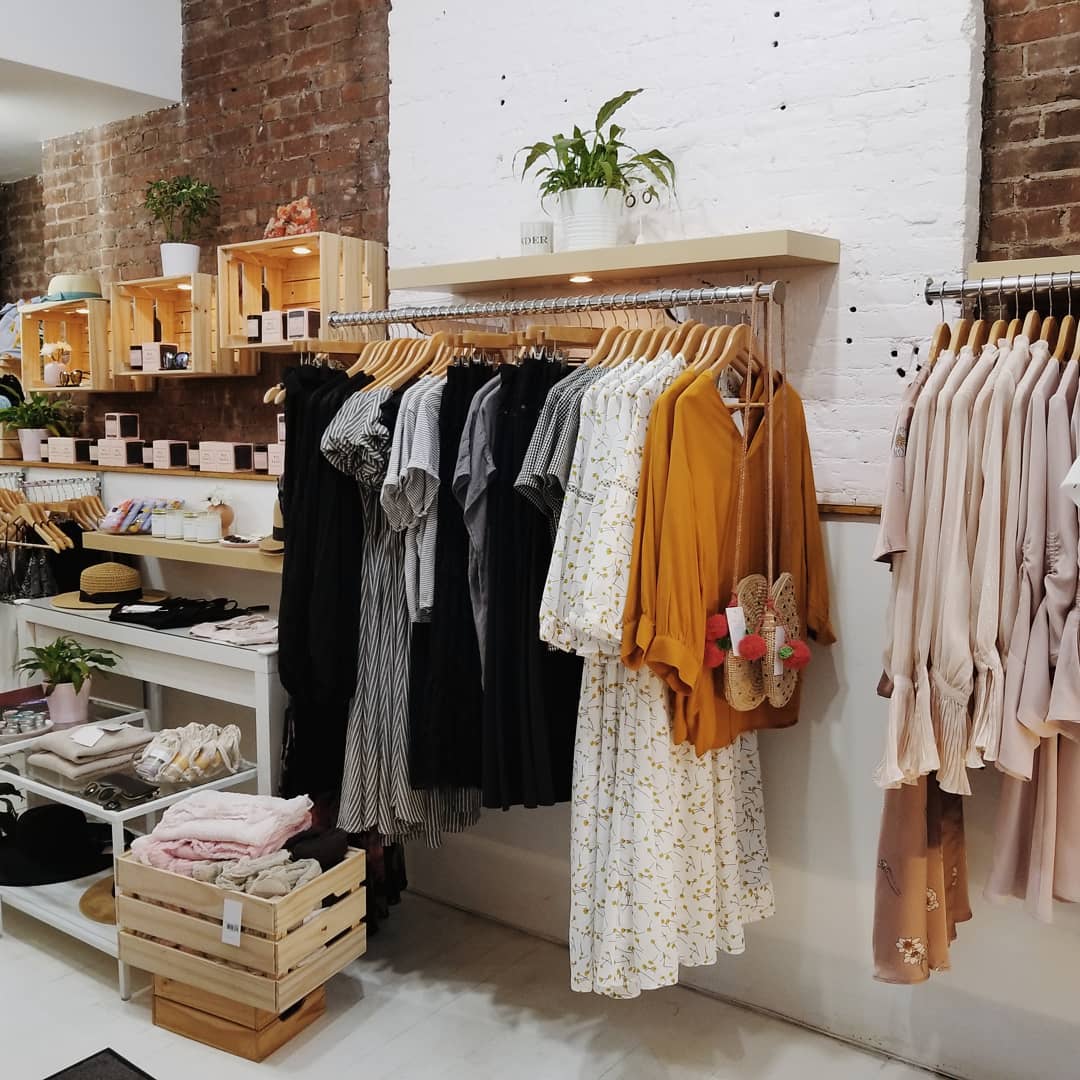Leading 10 Must-Have Pieces from Your Favorite Boutique Fashion Shops
A Deep Dive Into the World of High-Fashion Runways: Comprehending Clothing as Art
Developers, much like masterful musicians, weave detailed stories through type, textile, and color, redefining and challenging traditional standards appeal criteria. As we discover these sartorial eyeglasses, we must contemplate: what role does style play in forming social worths, and exactly how does it show the ever-changing tapestry of human feeling and identification?
The Advancement of Runway Shows
The trajectory of path programs has changed dramatically over the decades, developing from unique sector events to captivating spectacles that mix fashion with art. Generally, path programs made love affairs, kept in ateliers or small locations, primarily gone to by customers and sector experts. These very early discussions focused on the garments' workmanship and industrial stability, using a straight and practical display screen of seasonal collections.
As the fashion industry expanded, the nature of runway programs began to change. The 1970s and 1980s marked a turning factor, with developers looking for to distinguish themselves through more staged discussions. This age saw the surge of elaborate sets, choreographed versions, and thematic stories, declaring a new age where the runway came to be an experiential system. The shows transformed right into a kind of narration, where each collection shared a distinct narrative or concept.
In recent times, modern technology and social networks have even more reinvented runway shows, making them obtainable to an international target market. Livestreaming and digital systems have actually democratized style, enabling lovers worldwide to witness these occasions in real-time (boutique fashion). This development shows a broader social change, where high-fashion paths work as a dynamic intersection of performance, design, and technology
Designers as Visionary Artists
How have designers transcended their roles to come to be visionary artists? Developers in the high-fashion sector have actually obscured the lines in between useful garment development and the conceptual realm of art. This makeover appears in the means they approach their collections, not simply as apparel yet as profound expressions of emotion, identification, and society. By accepting artistic techniques such as sculpture, paint, and avant-garde installations, designers craft garments that challenge traditional style norms and raise them to art types.
Visionary designers draw motivation from a myriad of sources, consisting of abstract art, historical references, and individual stories. They have an unique capability to envision and materialize concepts that push the borders of conventional fashion, frequently redefining aesthetic standards in the procedure. This imaginative resourcefulness is showcased via remarkable shapes, cutting-edge products, and complex workmanship, which welcome viewers to experience fashion as more than just wearable things.
Additionally, the runway acts as a canvas for these artists, where lighting, music, and set design coalesce to develop immersive experiences. These discussions are not simply screens of garments but are managed performances that stimulate emotion and provoke idea, affirming the designer's duty as a real artist in the modern cultural landscape.
Cultural Influences in Fashion
Social tapestry weaves its intricate patterns right into the fabric of fashion, affecting designers internationally. The dynamic interchange of social stories, traditions, and icons educates and motivates collections that poise high-fashion paths. Designers diligently attract from their heritage or involve with cultures distinctive from their own, crafting garments that work as visual stories. This cultural discussion not just improves the visual diversity yet also fosters a deeper understanding and gratitude of worldwide identifications.
The impact of society on fashion is commonly seen in the reinterpretation of traditional garments YOURURL.com and patterns. For example, using Japanese robes, Indian saris, or African prints in contemporary style reflects a blend of cultural authenticity and modern-day looks. Designers such as Valentino's Pierpaolo Piccioli and Alexander McQueen's Sarah Burton have been known to integrate rich social themes right into their couture collections, equating history into wearable art.

Technology in Fabric and Layout
Development in textile and style constantly reshapes the landscape of high-fashion, pressing limits and redefining opportunities. Developers are increasingly checking out the assimilation of innovation, such as 3D printing, which permits for the production of complex frameworks that were previously inconceivable.
The style industry is observing a rise in the usage of environmentally friendly products, obtained from recycled plastics, natural fibers, and also eco-friendly components. Developers are embracing these products to craft garments that are both aesthetically striking and conscious of their environmental footprint.
In terms of design, experimental types and progressive silhouettes are continuously revolutionizing the runway. By incorporating cutting-edge techniques and unusual materials, developers grow garments that obscure the line between fashion and art, setting new requirements for creativity and expression in the high-fashion sphere.
Impact of Fashion on Culture
Style possesses a profound influence on society, offering as his comment is here both a reflection of cultural identity and a stimulant for social modification (boutique fashion). With its development, fashion has actually mirrored societal shifts, encapsulating the zeitgeist of different ages.
Additionally, style has the power to bridge social spaces, cultivating understanding and recognition among varied groups. As globalisation accelerates, the cross-cultural exchange of fashion concepts ends up being significantly substantial, promoting inclusivity and diversity. The rise of streetwear, originating from city subcultures, highlights exactly how style can transcend socio-economic limits, granting people a way of self-expression and empowerment.
Fundamentally, style is not just about visual appeals; it is a dynamic pressure that affects worths, mindsets, and social development (boutique fashion). By continually engaging with cultural and social currents, style stays an important part of the collective human experience

Conclusion
Designers, similar to visionary musicians, orchestrate collections that mirror identification, feeling, and cultural top article stories, challenging traditional looks. This crossway of fashion and artistry not only astounds target markets around the world yet also affects social perceptions and promotes a much deeper appreciation for cultural variety.

Social tapestry weaves its intricate patterns into the fabric of style, influencing designers internationally.Style possesses an extensive influence on culture, serving as both a representation of social identity and a catalyst for social change.